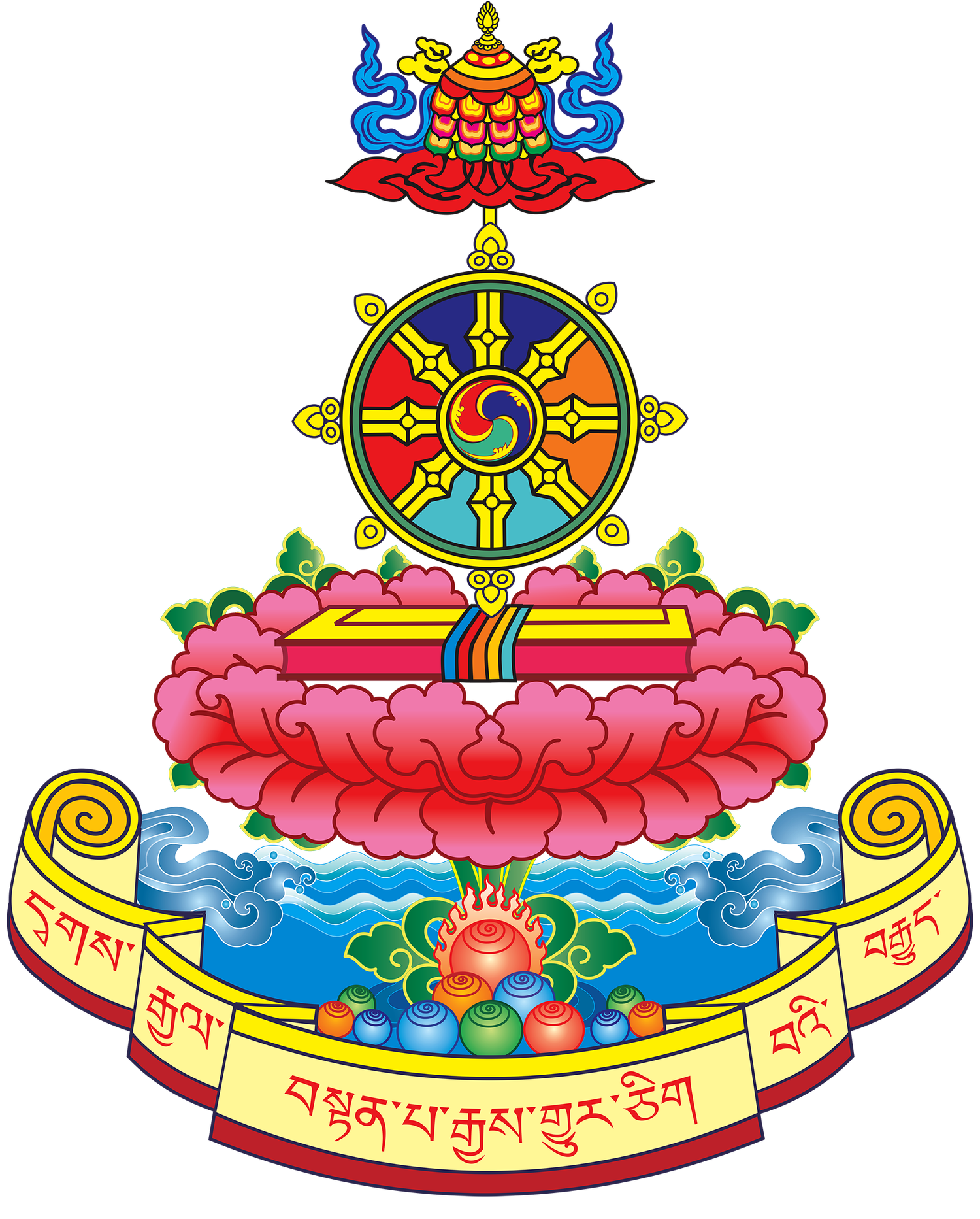Tibetan Medical Centre.
Chodrak Monastery has a small medical centre that is run by three resident lamas who practise traditional Tibetan medicine. The monks and Chodrak residents have access to traditional medical treatment, which mainly consists of herbal remedies, meditation and spiritual healing. The lamas rely on pulse diagnosis as their main diagnostic tool. There is also a small pharmacy that dispenses Tibetan medicine.
The Chodrak Monastery Medical Centre is of the utmost importance to the residents of Chodrak because of the crisis in medical treatment for the residents of remote areas of Kham. This crisis has been succinctly describes by a Western volunteer health worker in eastern Tibet:
‘The remote clinics have never been able to provide more than the most basic treatment, but that treatment was at least free in the early Communist decades when they were set up. No more: as china’s public services struggle to clear long standing debts, the cost of health care is spiralling. City entrepreneurs have money, state employees have some basic health insurance. Tibetan farmers and nomads don’t, and untold numbers die each year from curable diseases.
Even for those who can afford treatment, rural clinics are ill-equipped to treat serious disease or injury. A trip to the nearest hospital may involve one or more days’ travel on rough roads in areas poorly served by public transport. To get better treatment in Chengdu, the provincial capital, would add several more days on the road and could cost many times the average rural Tibetan family’s annual income. It’s not even an option.’
Tibetan people live in tough conditions in a predominantly cold climate at high altitude, with limited food resources. The main health problems include arthritis, hypertension, cardiovascular disease and diabetes which largely remain undetected die to lack of modern diagnostic tools and health screening programmes. The medical workers at Chodrak Monastery provide treatment to the residents of Chodrak at heavily subsidised rates, thus offering a means of alleviating disease that they could not otherwise afford. Without the monastery’s subsidies, the majority of people would be forced to forego any medical treatment
Dr. Tse Ten Wangmo who is currently running the clinic.
Dr. Tse Ten Wangmo was born in 1971 in Kham – Tibet, Tse Ten Wangmo decided to dedicate her whole life for dharma practice and helping other like his father did.
Her father Dr. Kazang Gelek, uncle of Venerable Sonam Tenzin Rinpoche, while living was very famous for his loving kindness and compassion with ability to help people curing sickness and disease in areas. It was told that when someone is in need, he will immediately coming, sometimes it was at middle of the night people came to his house knocking door and ask for help of their relatives, he took the bag and go with them to the patience home no matter how far it is and normally it took him many hours riding horse under cold night with strong wind. After that he rushing back and reach home when the sun rise together with long line of many people waiting for him to check up. Don’t let patience wait, he immediately do the checking up, giving treatment one by one until no one there and when finish the sun already set with nothing in his stomach as he had no time for breakfast and lunch. Yet, his compassionate toward patience is very unique and rare as many times he himself, by mouth testing the urine of patience to find out exactly the symptom of disease….He had done so much things for people without receiving back any compensation. Unfortunately, in 1999 being hit by a stroke of high blood pressure He had gone far way! but with his Bodisattva attitude and great kind-heart, huge number of people in area were cured by Dr.Kazang. He is no more living with us but her beloved daughter Ani Tse Ten Wangmo is the one who he gave all his teaching and knowledge and experience. She had been following him for more than 10 years to study medicine and practice treatment, with the strong aspiration to help others she study very hard, working intensely and tirelessly but very humble, she deserves to be his ancestral, a qualified doctor of Chodrak Nunnery.
For those who live in the outlying areas of Chodrak, the situation is even more grim. With no cash income, there is no money to pay even 10 or 20 Chinese yuan for medical treatment. Venerable Sonam Tenzin Rinpoche has undertaken to provide any assistance that he can. Any financial assistance that you may be able to offer Venerable Lama Karma Rabten would be received with heartfelt gratitude.
For more information, please visit: www.medicinefortibet.org.

